The muscle car era, spanning the late 1960s to early 1970s, was a golden age for automotive enthusiasts who celebrated raw power and performance. A distinctive feature of these cars was the bold display of their engine’s cubic inch displacement on badges. Understanding why car manufacturers chose to highlight cubic inches provides insight into the marketing strategies and cultural significance of this iconic era in American automotive history.
The Significance of Cubic Inches
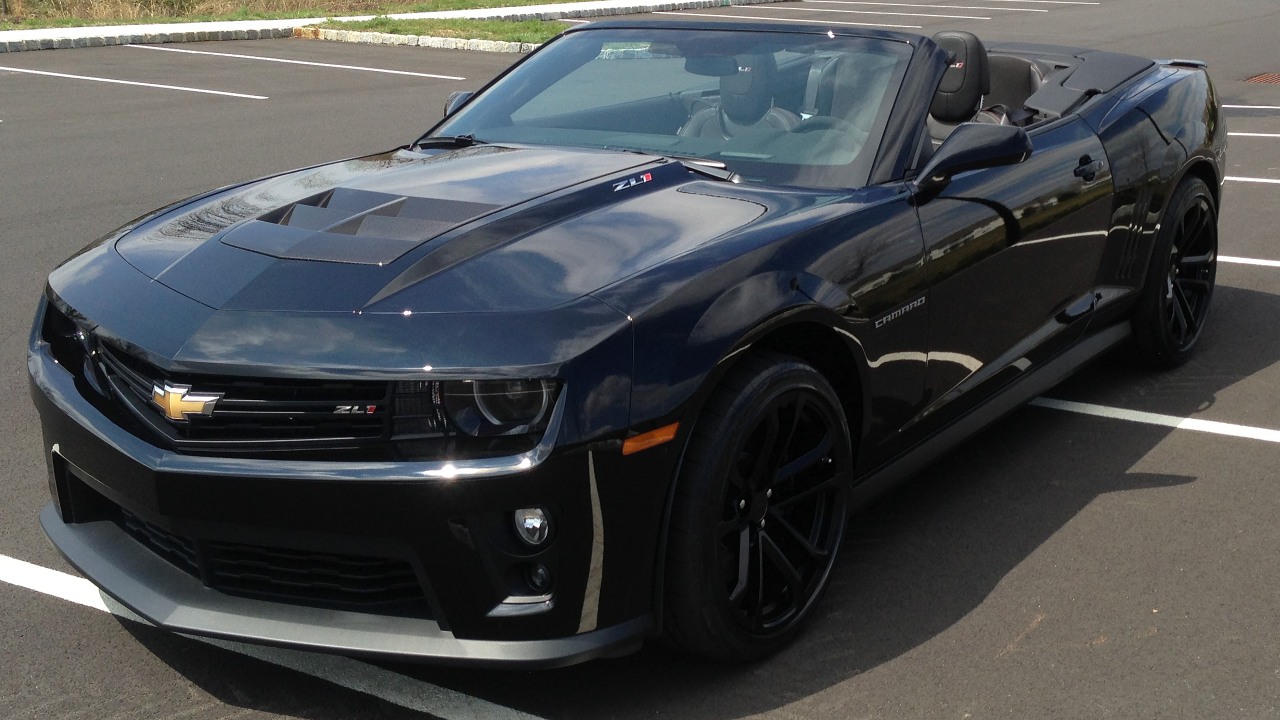
During the muscle car era, cubic inches were more than just a measurement; they represented a vehicle’s potential for speed and power. Consumers were drawn to the allure of high performance, and cubic inches became a direct indicator of an engine’s potential power output and torque. For instance, the 426 Hemi engine, famously used in the 1970 Plymouth Barracuda, boasted significant cubic inches, promising superior speed and acceleration. These attributes were vital selling points for the thrill-seeking driver, eager to experience the exhilaration of raw horsepower.
From a marketing perspective, displaying the cubic inch displacement was a strategic move. It served as a differentiator in a competitive market where every manufacturer sought to outshine the others. Car companies like Chevrolet, Ford, and Dodge used these numbers to create a sense of prestige and exclusivity around their high-performance models. The ZL1 badge on the Chevy Camaro, for example, was not just a number but a symbol of engineering excellence and high-speed capability. By promoting these figures, manufacturers not only showcased their engineering prowess but also catered to the consumer’s desire for power and status.
Cultural and Historical Context
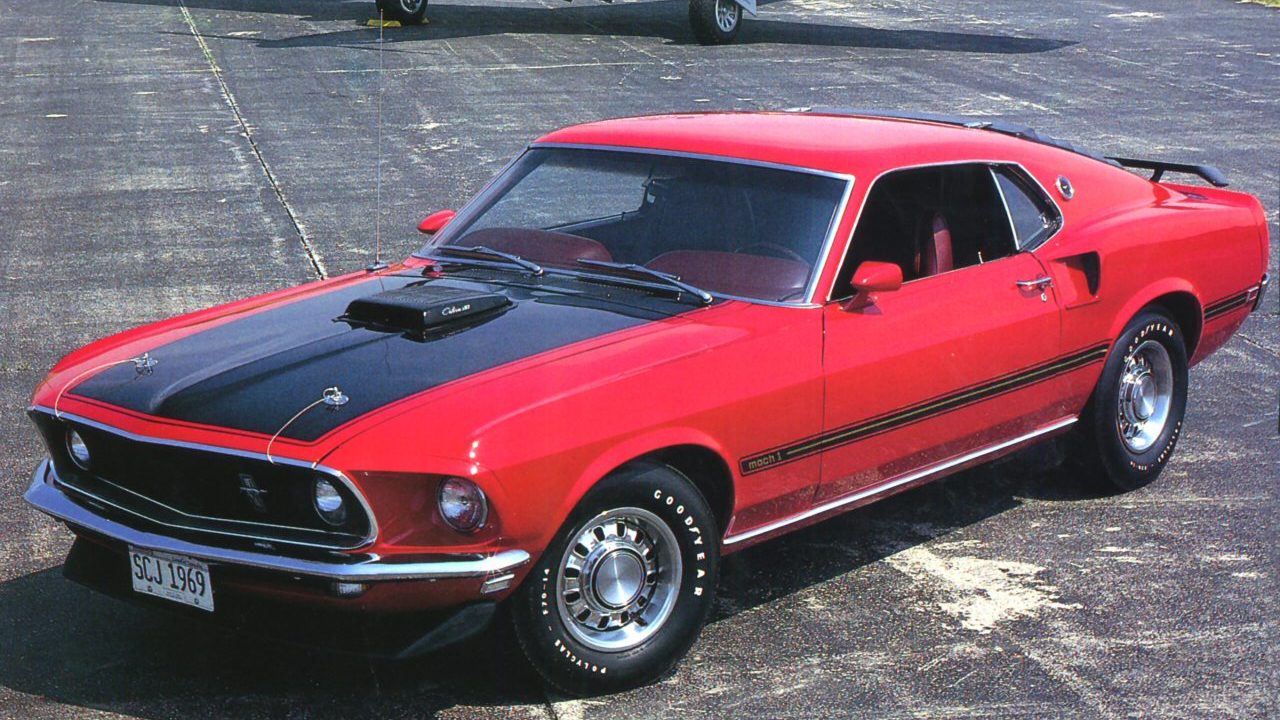
The muscle car era was heavily influenced by the post-war economic boom, which saw a rise in consumer spending. Many Americans were eager to invest in vehicles that symbolized freedom and power, aligning perfectly with the cultural fascination for bigger and more powerful machines. This period saw a shift in consumer behavior where cars were no longer just a means of transport but a statement of personal identity and aspiration. The emphasis on cubic inches was a natural extension of this cultural trend, reflecting the broader societal values of the time.
Advancements in automotive technology played a crucial role in this phenomenon. Engineers were pushing the boundaries of what was technically possible, leading to the production of larger and more powerful engines. The cubic inch competition among manufacturers wasn’t just a marketing gimmick but a showcase of technological innovation. For instance, the Ford Mustang’s 428 Cobra Jet engine was a testament to the era’s engineering achievements. These developments were celebrated not just for their technical prowess but also for their ability to captivate the consumer’s imagination.
Consumer Psychology and Identity
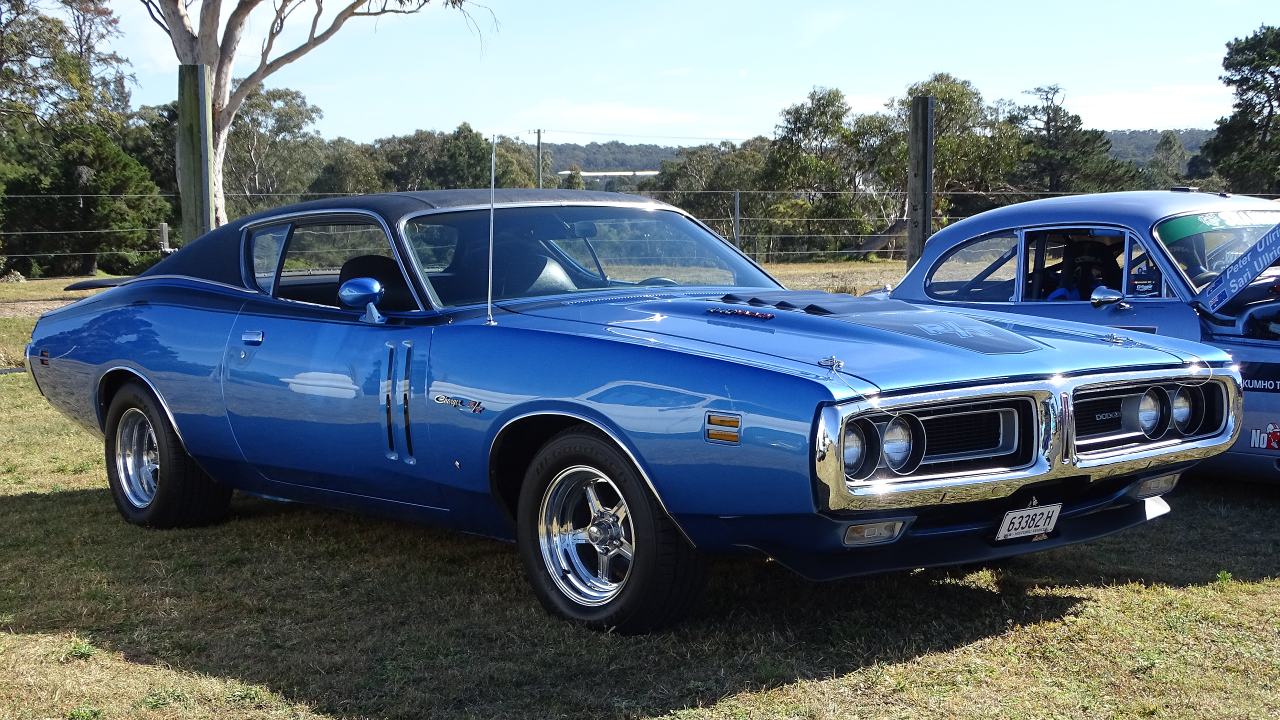
For many, owning a muscle car with a high cubic inch badge became a status symbol. It wasn’t just about the car’s performance; it was about the image and recognition it brought to the owner. This appeal was particularly strong among younger buyers who saw these cars as extensions of their personal identity. A vehicle like the Dodge Charger with a 440 cubic inch engine was more than transportation; it was a declaration of one’s taste, style, and social standing.
Moreover, muscle car enthusiasts often formed communities centered around a shared appreciation of performance metrics. Cubic inches became a common language among these groups, fostering a sense of camaraderie and shared identity. Car clubs and events frequently celebrated vehicles with impressive cubic inch specifications, further embedding this metric into the culture.
The Legacy of Cubic Inches in Modern Automotive

While modern vehicles now focus more on efficiency and technology, the legacy of cubic inch display still influences contemporary muscle car design. Automakers often pay homage to classic models by incorporating similar badges, appealing to collectors and nostalgia-driven buyers. The Dodge Challenger, for example, features design elements reminiscent of its historic predecessors, blending nostalgia with modern engineering. Such design choices are not just marketing tactics but a nod to an era that fundamentally shaped the automotive world.
Today’s automotive landscape emphasizes horsepower and torque over cubic inches, reflecting advances in engineering and shifting consumer priorities. However, the historical significance of cubic inches remains a cherished aspect of automotive heritage. Enthusiasts worldwide continue to celebrate this era, recognizing it as a pivotal moment in car culture.
Like Fast Lane Only’s content? Be sure to follow us.
Here’s more from us:
*Created with AI assistance and editor review.

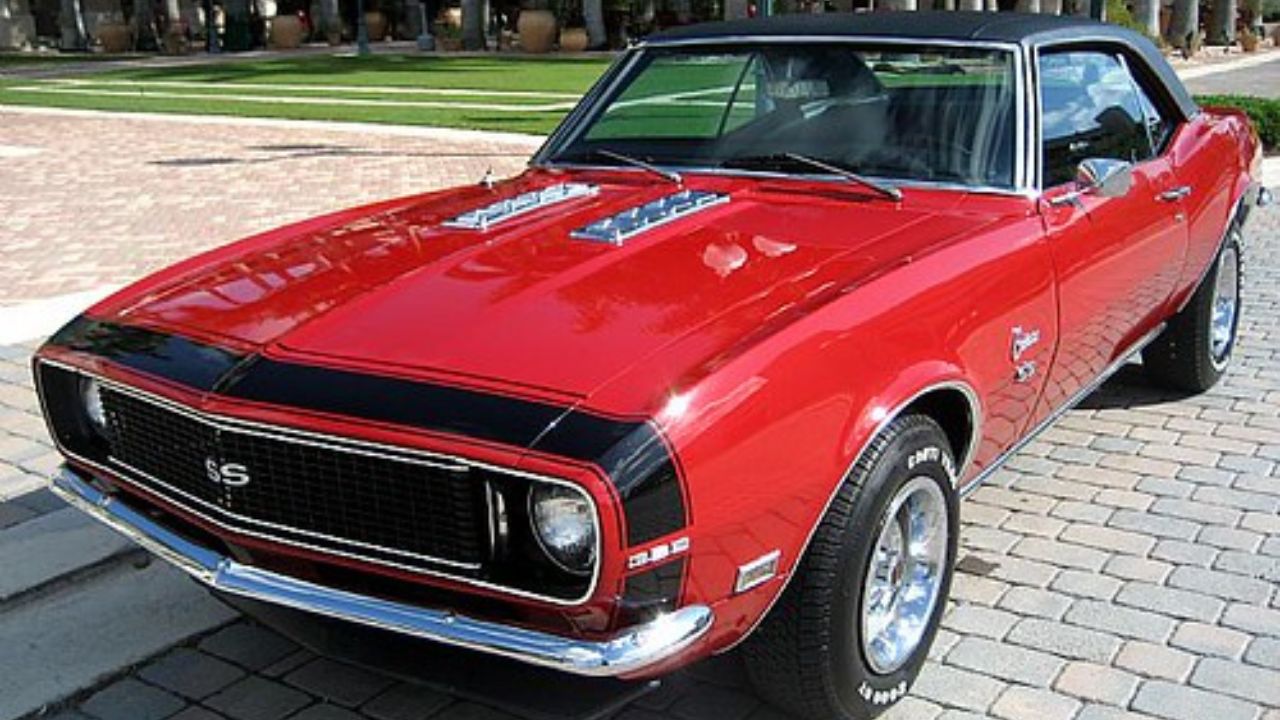

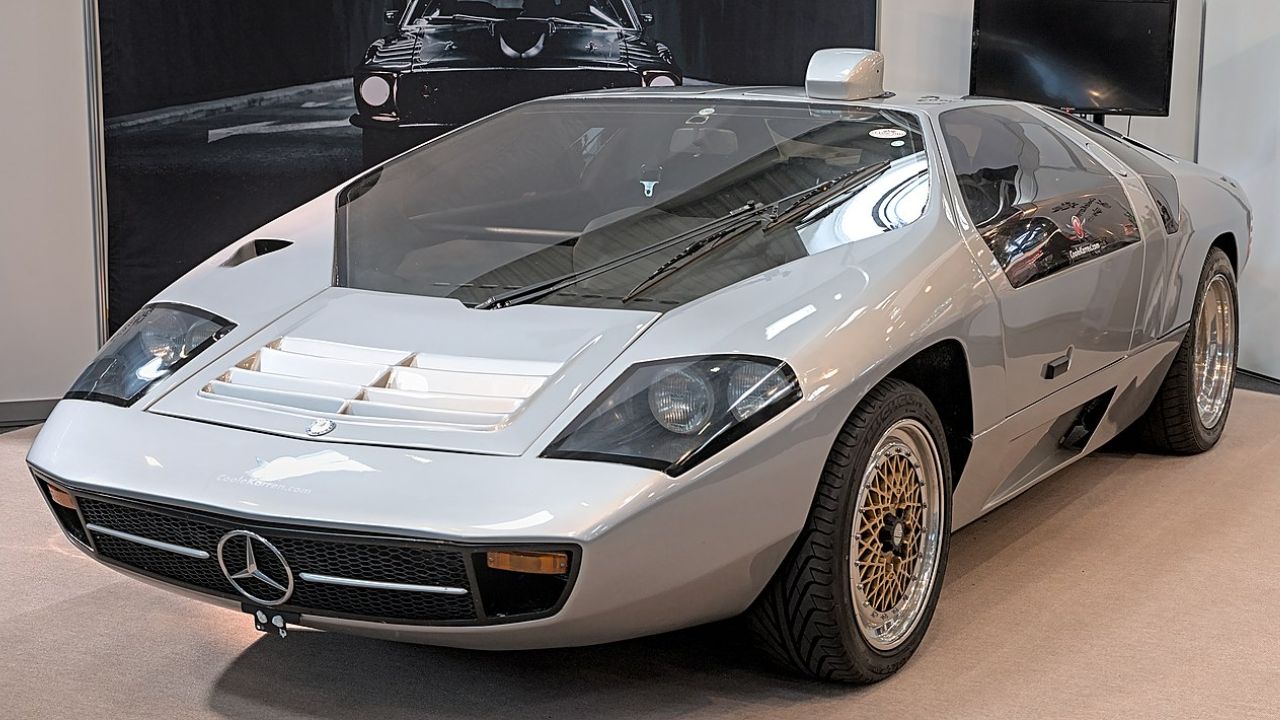

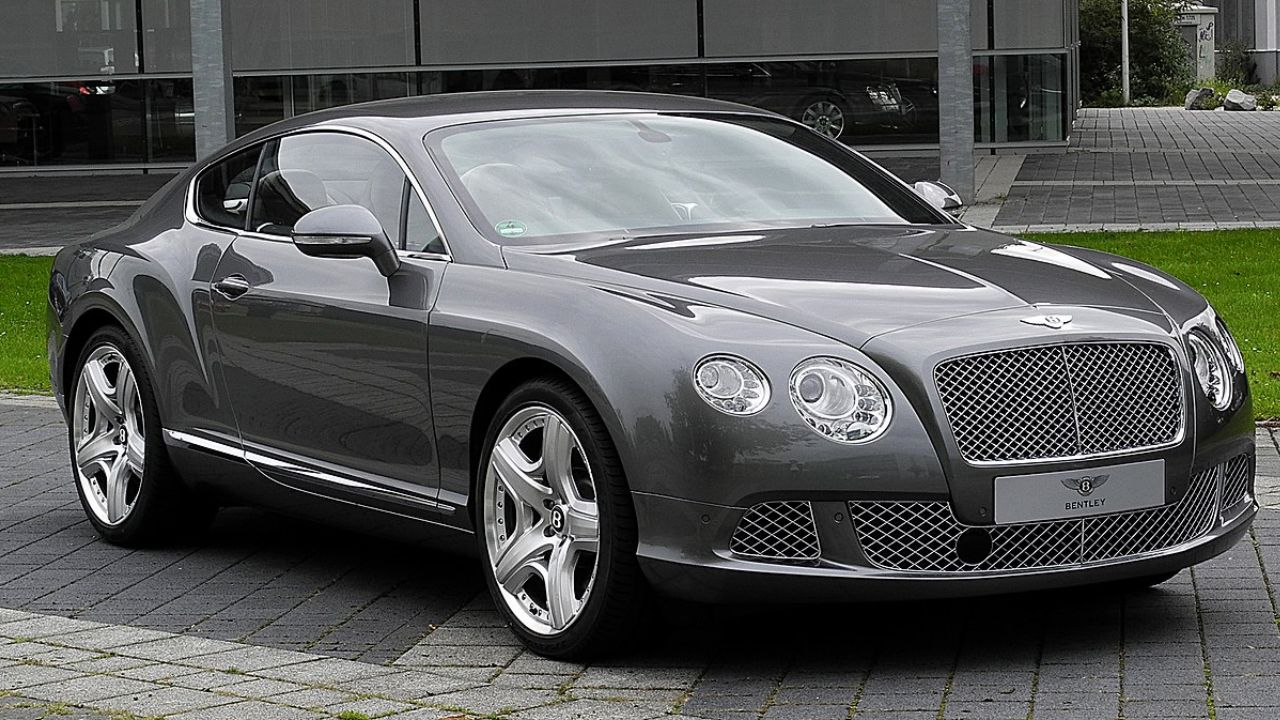
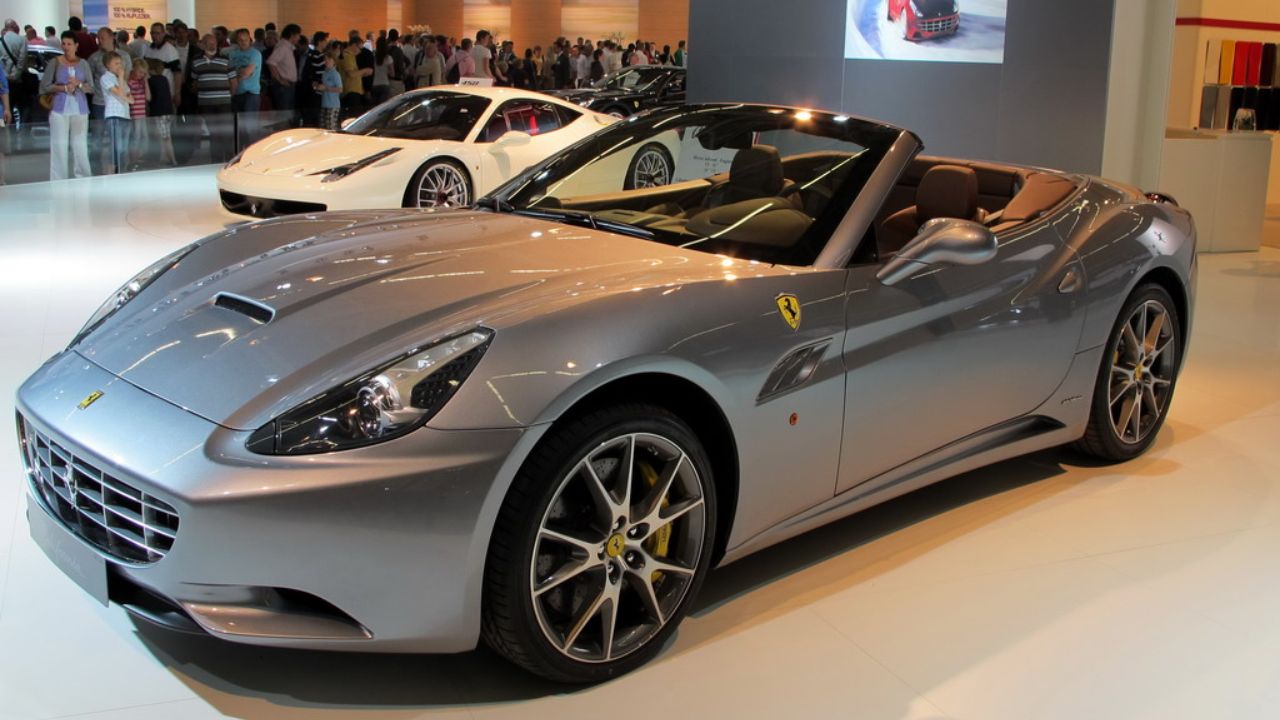
Leave a Reply